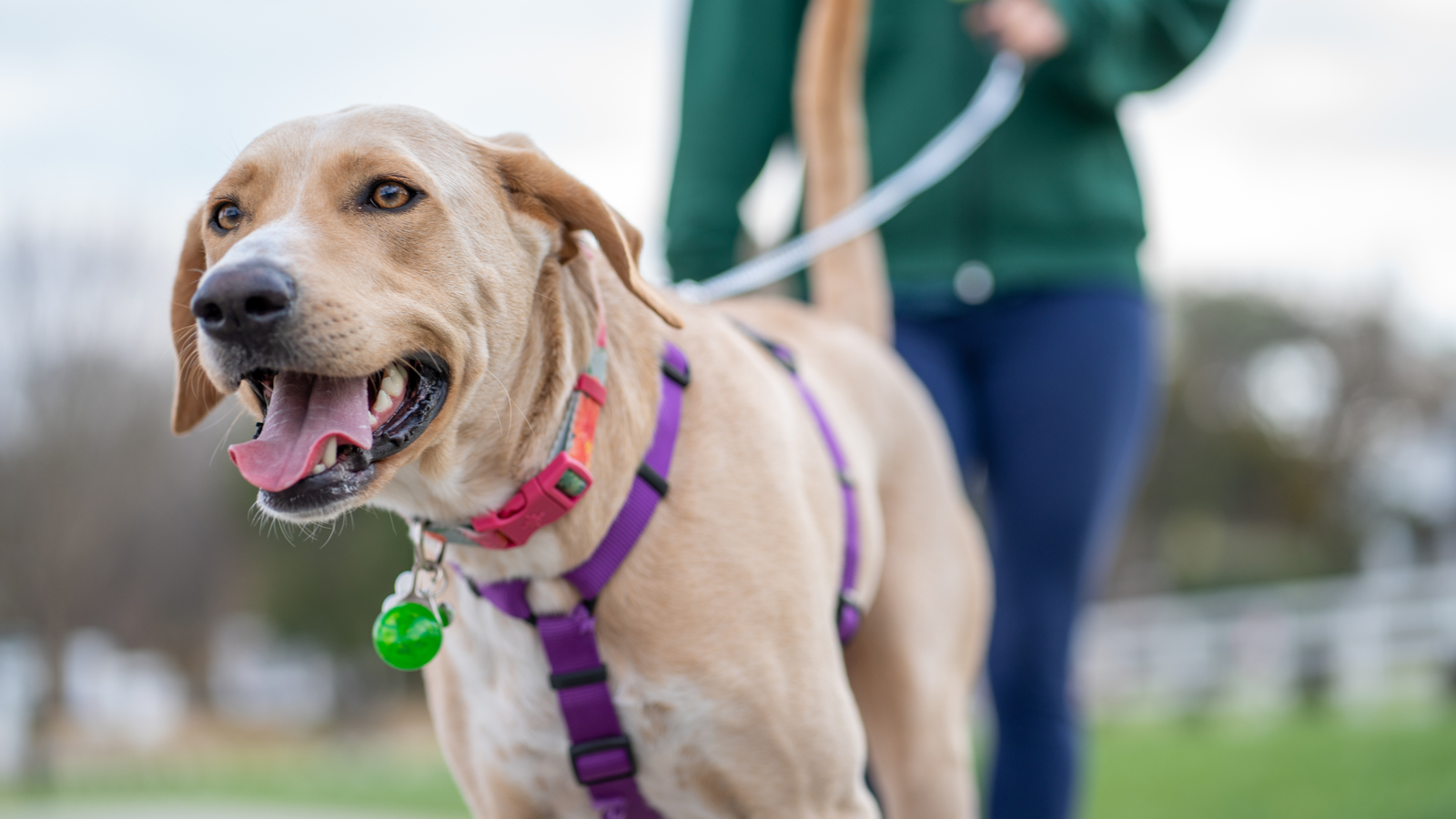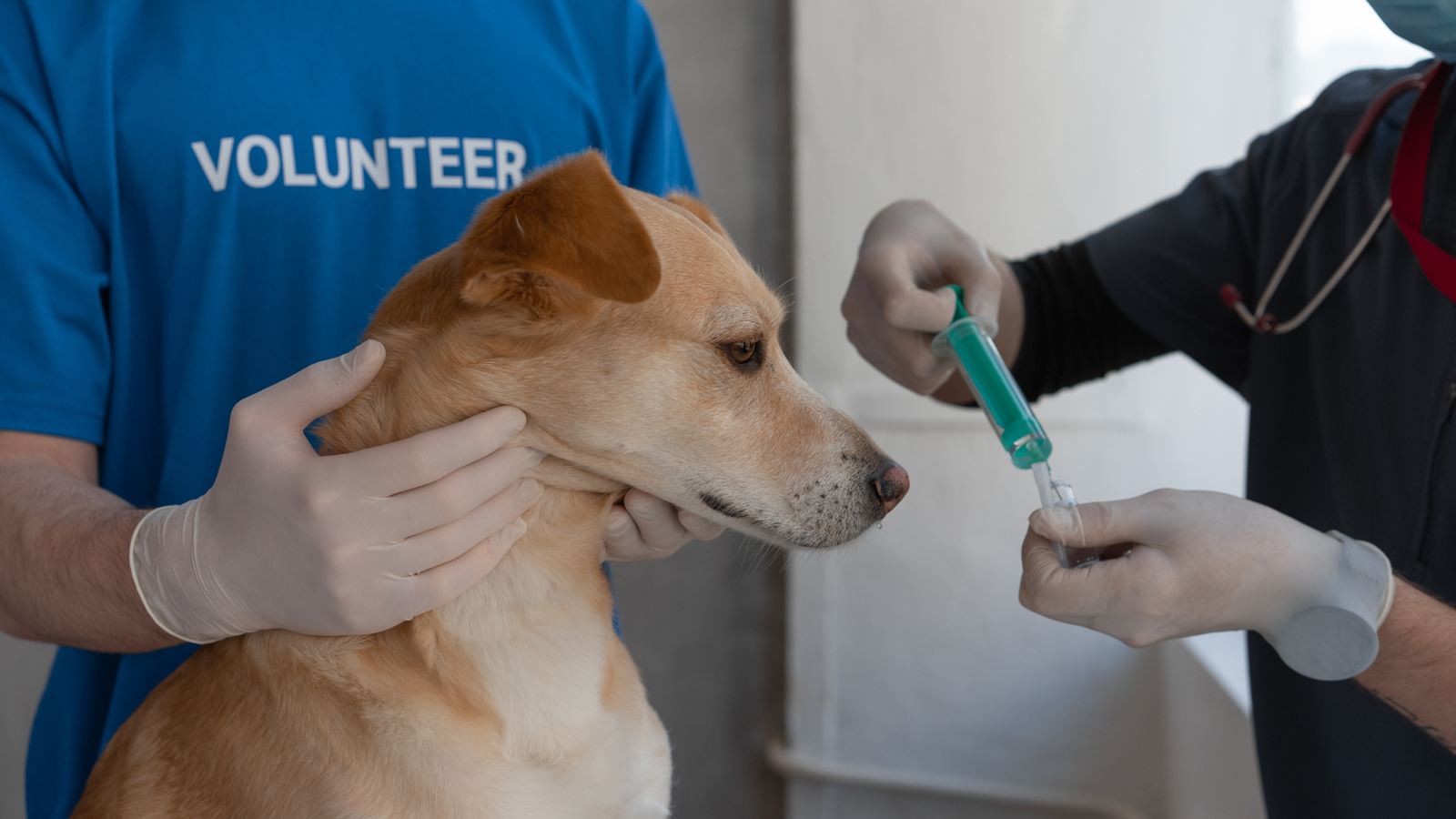Importance of Spaying & Neutering Dogs: Timing, Benefits & Care Tips

Spaying surgeries are an important decision every pet owner might need to make once in their lifetime. Many pet owners are choosing the get these procedures done for their dogs after understanding the benefits of spaying and neutering. These procedures not only help improve your dog’s overall health and behavior but also bring you peace of mind.
Let’s learn more about dog neuter surgery and why it’s a step worth taking.
What Does Spaying or Neutering Mean?
In simple terms, spaying is the surgical removal of a female dog’s ovaries and uterus. On the other hand, neutering involves removing the testicles of a male dog. These procedures are safe and performed by licensed veterinarians. They help prevent reproduction and all the discomfort that comes along for your furry companions. Moreover, the benefits of spaying and neutering also involve medical and behavioral perks that enhance your dog’s quality of life.
When Is The Right Time To Get It Done?
The ideal age to spay or neuter a dog depends on its breed and size. Typically, the ideal time:
- For small breeds is around 6 months.
- For large breeds is between 9 to 15 months.
It is always good to consult your vet and determine the best timing for your pet friend. Spaying too early or too late could come with several disadvantages, such as hormonal development or potential impacts on bone growth.
How Does Surgery Work?
Both procedures are safe and typically done under general anesthesia. They take about 30-90 minutes. Dogs who have undergone the spaying surgeries are monitored closely during and after the procedure to ensure their safety. In females, spaying surgeries involve a small abdominal incision. In males, the dog neuter surgery is even less invasive, with the incision made near the scrotum.
Post-Surgery Care – Helping Your Dog Heal
- Prevent licking or biting at the incision (use a cone if required)
- Keep them indoors and calm for at least 7-10 days.
- Monitor for signs of infection – swelling, redness, or discharge.
- Avoid bathing or swimming during the healing period.
Above all, treat your furry companion with love and compassion. To distract them from the discomfort, buy some healthy dog biscuits online and treat them for staying strong and patient. Just make sure the biscuits or treats are low in sugar. Consider buying less sugar-dog biscuits online to prevent weight gain or other side effects.
Health Benefits of Spaying and Neutering For Your Dog
- Reduces the chances of testicular cancer and prostate problems in male dogs.
- Females are less likely to develop mammary tumors or uterine infections (like pyometra).
- Neutered males often show reduced aggression, roaming, and marking.
- Spayed females won’t go into the heat, saving you from mood swings and messy discharges.
- Studies show that spayed/neutered dogs often live longer due to reduced risk of disease and injury from roaming.
Why Spaying and Neutering Are Important for Your Dog’s Health?
If you aren’t yet sure about the procedures, think about the bigger picture. Overpopulation has become a serious problem globally. Millions of stray dogs end up in shelters, and many others are euthanized. That’s sad, but true!
By choosing to spay or neuter, you’re not just doing what’s best for your dog. But you’re also being a responsible citizen, helping reduce the number of homeless animals. Moreover, it prevents potential health crises down the road. Many senior-age illnesses can be avoided with early spaying surgeries. The upfront cost and recovery are a small investment in your pet’s lifelong well-being.
The feeding portion also depends on your dog’s activity level, size, and health.
The Final Words
The dog neuter surgery or spaying is one of the most crucial choices that can affect both your life and your dog’s life. It supports your dog’s health, behavior, and longevity while helping reduce pet overpopulation. With proper medical and home care, your doggo will recover well and enjoy a happier, more balanced life.
FAQs
Not in every case. Most dogs recover within 10 days with proper rest and aftercare. For safe and fast recovery, always consult your vet for guidance.
Yes, your dog’s metabolism might slightly slow down after the surgery. But with regular exercise and low-sugar food choices, it’s easy to keep them fit and healthy.
There’s no specific age for this procedure; it entirely depends on your pet’s breed and size. Small-sized dogs can be spayed or neutered at the age of 6 months. For large-sized dogs, the ideal age is between 9-15 months. Consult your vet for personalized advice.
You may notice changes in their aggression and marking, but their loving nature will be the same.
No. Most vets recommend no food for 8-12 hours before surgery to avoid complications under anesthesia.





